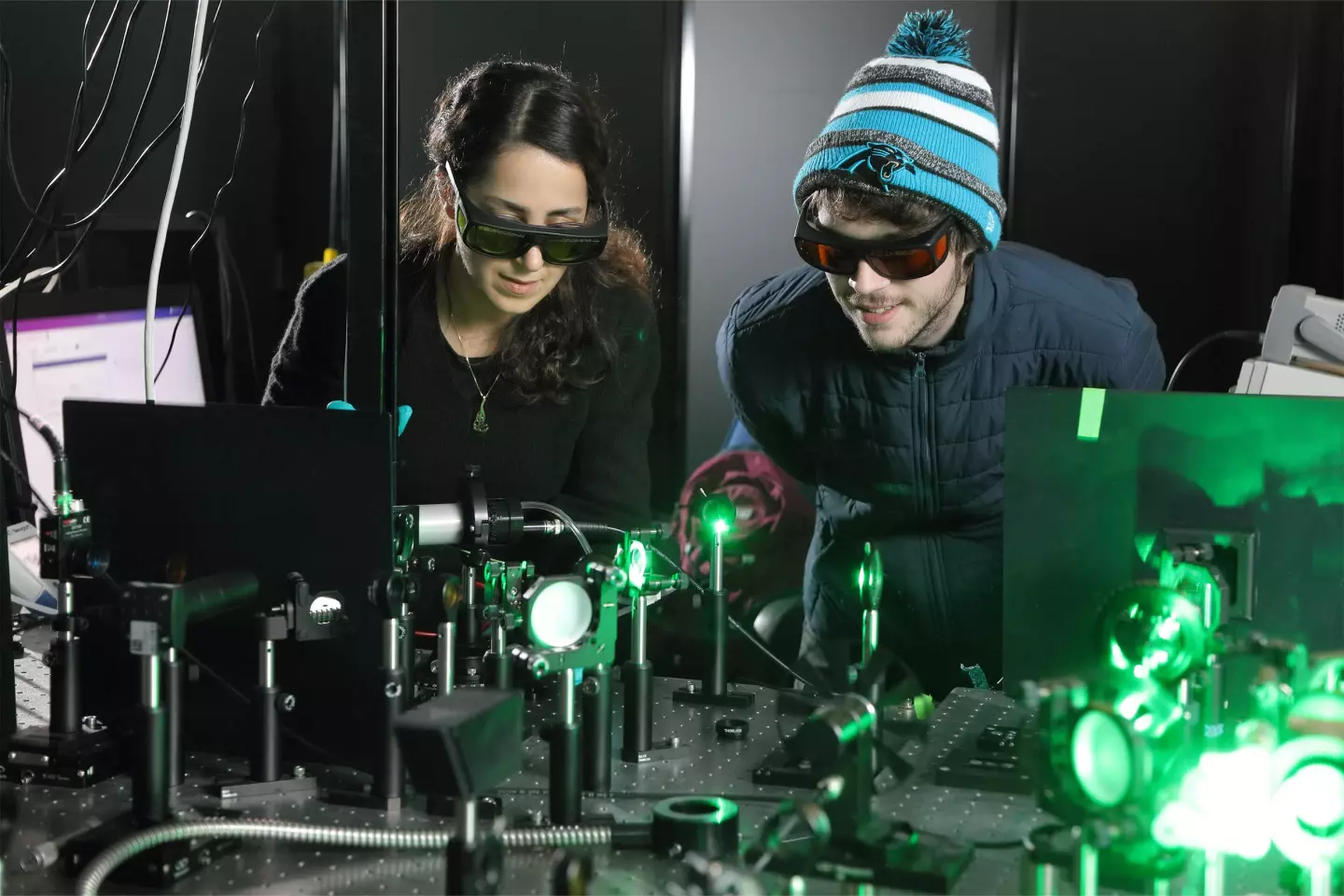A team of scientists led by University of Virginia professor Patrick Hopkins is developing a plasma "freeze ray" that will be less interesting to super villains than to engineers looking for ways to cool electronics in the vacuum of space.
Whether it's to hold a city to ransom or skip the queue at the coffee shop, freeze rays are a spectacular favorite in comic books and movies. They also give engineers a headache because they don't just violate the second law of thermodynamics, they shove its head down the toilet.
That is, until now.
A new development in plasma physics is so promising when it comes to delivering a practical freeze ray that the US Air Force has awarded Hopkins' Experiments and Simulations in Thermal Engineering ExSiTE Lab US$750,000 for a three-year project to develop the technology to its full potential. Hopkins' UVA spinout company, Laser Thermal, will build a prototype.
Normally, the idea of using plasma to cool something seems as logical as using ice to run a barbecue. Plasmas are ionized gasses that can reach temperatures many times that of the Sun, but they also have some surprising capabilities.
One of these is that, despite the high temperatures, when a plasma is first generated it can interact with other materials to produce a cooling effect. The energy flux of a pulsed plasma interacts with the target surface physically, chemically, and electromagnetically to generate an effect that evaporates water and carbon dioxide molecules that have been absorbed in the surface. This draws away energy and rapidly cools the surface by tens of degrees. Pulsing the plasma keeps it from counteracting the cooling effect.

"So when we turned on the plasma," said Hopkins. "We could measure temperature immediately where the plasma hit, then we could see how the surface changed. We saw the surface cool first, then it would heat up.
"We were just puzzled at some level about why this was happening, because it kept happening over and over. And there was no information for us to pull from because no prior literature has been able to measure the temperature change with the precision that we have. No one’s been able to do it so quickly."
The US Air Force and Space Force are interested in the technology because of the problems of cooling electronics in space or at very high altitudes. The usual way of cooling is to circulate a fluid like water or air around the components, but that isn't possible where there isn't any air present and certainly no water. Instead, the electronics are set on a metal cooling plate, which conducts the heat to radiators.
Since this is bulky and inefficient, it's hoped that Hokins' freeze ray might provide an alternative. The basic idea would be a robotic arm with sensors that can zero in on hot spots in the circuitry and zap them with a blast of cold.
However, there is still a great deal of work to be done. Currently, the process uses apparatus borrowed from the US Navy and helium as the plasma medium. The next step is to produce a more compact and lighter prototype while exploring other gasses that may be more effective.
The research was published in Nature Communications and ACS Nano.
Source: University of Virginia






